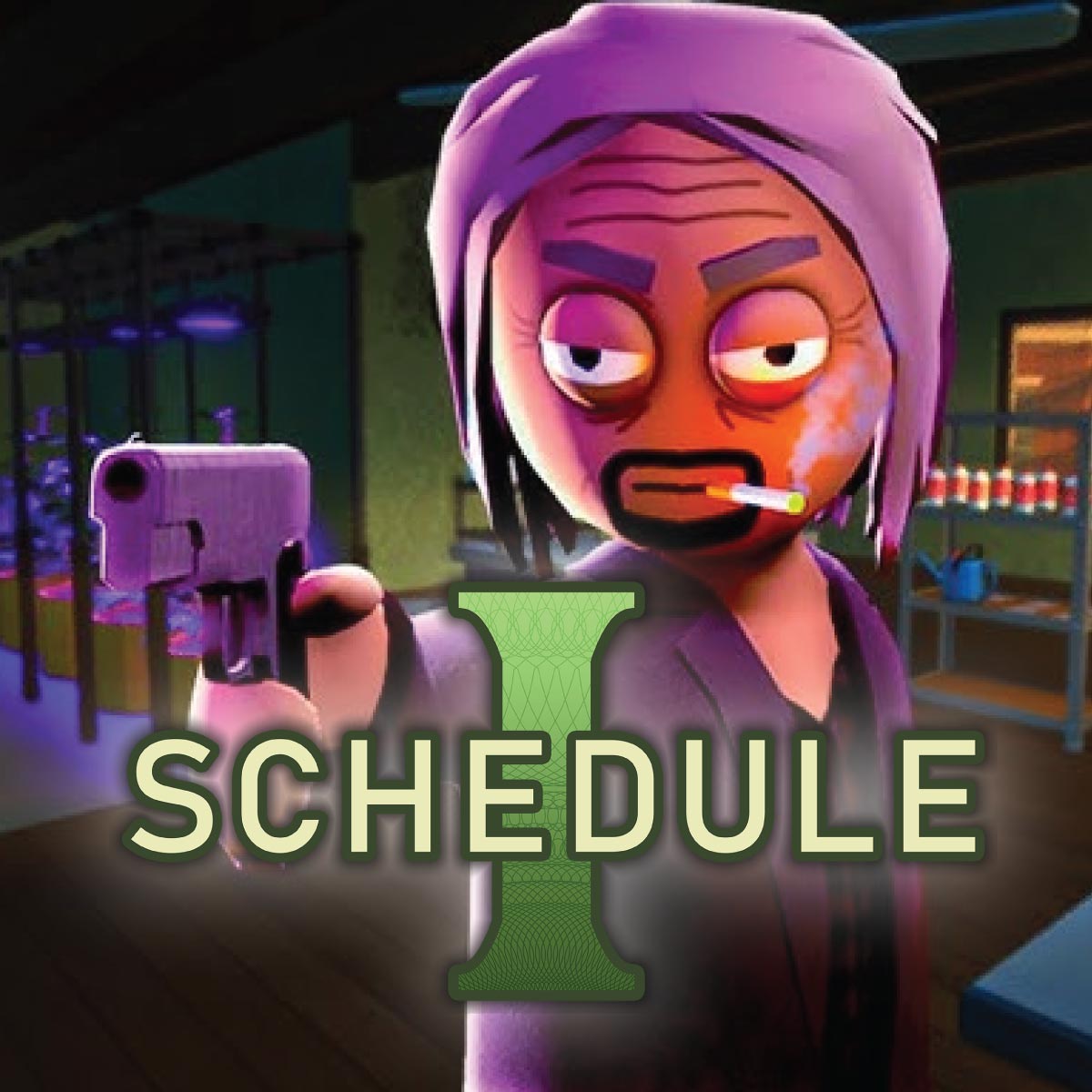
Schedule I
All trademarks belong to their respective owners.Popular Now
 Minecraft
Minecraft
 Poppy Playtime
Poppy Playtime
 CarX Street
CarX Street
 NBA 2K24
NBA 2K24
 Grand Theft Auto VI
Grand Theft Auto VI
 Schedule I
Schedule I
 Black Myth: Wukong
Black Myth: Wukong
 Free Fire
Free Fire
 Genshin Impact
Genshin Impact
 Geometry Dash
Geometry Dash
Survival’s Edge: Mastering Gameplay Mechanics and Resource Management in Schedule One
In the unforgiving depths of Schedule One’s Arctic nightmare, survival is not merely a goal; it’s a relentless, minute-by-minute struggle. This psychological horror game isn’t just about scares; it meticulously crafts a survival experience that forces players to confront their vulnerability, make agonizing decisions, and master crucial gameplay mechanics and resource management to endure the chilling environment and its lurking horrors. From basic necessities to elusive tools, every item found and every choice made can mean the difference between clinging to life and succumbing to the encroaching madness. Understanding and mastering these core survival elements is paramount to unraveling the terrifying truth of the abandoned facility and ensuring the protagonist’s continued existence.
The Harsh Realities: Core Survival Mechanics
Schedule One grounds its horror in realistic survival challenges, amplified by the extreme setting.
- Temperature Management (Hypothermia): The Arctic setting demands a constant fight against the cold. Players will likely need to find warmth sources (heaters, fires, insulated clothing) and avoid prolonged exposure to the frigid environment. This might involve a temperature gauge or a visible effect on the player character, adding a persistent layer of threat and forcing strategic movement. Ignoring this could lead to hypothermia, a dangerous status effect.
- Hunger and Thirst: Basic human needs become critical burdens in a desolate facility. Scavenging for food and water will be a fundamental part of gameplay, adding tension to exploration. Limited supplies or spoiled provisions could force desperate choices. This highlights the resource management aspect of the game, making every ration count.
- Health and Injury System: Beyond psychological effects, physical well-being is key. Players might suffer injuries from environmental hazards, falls, or encounters with threats. A detailed health system requiring specific medical supplies (bandages, pain killers) to heal wounds and stave off negative effects would add depth to the survival mechanics. This adds a layer of realism often appreciated in survival horror.
- Sanity/Mental State: As a psychological horror game, a sanity mechanic is highly probable. Exposure to unsettling events, prolonged darkness, or encountering specific threats could deplete the protagonist’s mental fortitude, leading to visual and auditory hallucinations, impaired gameplay, or even a game over. Managing this meter through light, rest, or specific items would be a critical resource management challenge.
Resource Scarcity: The Art of Conservation
The backbone of Schedule One’s survival gameplay will undoubtedly be the severe scarcity of resources.
- Limited Inventory Space: Players often begin with limited inventory space, forcing strategic decisions about what to carry. Is it a critical tool, a rare medical supply, or a piece of lore that might reveal vital information? Every slot counts, emphasizing the survival aspect.
- Scavenging and Crafting: Finding useful items will be a core loop. This could involve searching abandoned lockers, desks, and crates. Some items might be “junk” but can be broken down for raw materials, which are then used to craft essential tools, repair equipment, or create temporary warmth sources. This crafting system adds depth and encourages thorough exploration.
- Power and Light Sources: Electricity or fuel for generators might be crucial resources. Navigating dark areas without light can drain sanity or make players vulnerable to unseen threats, pushing them to conserve power for essential moments. This adds a strategic element to using flashlights or other portable light sources.
- Ammunition and Tools (if applicable): If the game features any form of defense or combat, ammunition will be incredibly scarce, making every shot count. Tools might break or degrade, requiring repair or replacement, adding another layer of resource management. This reinforces the feeling of vulnerability.
- The Trade-off of Exploration: Deeper exploration might yield more valuable resources or crucial lore items, but it also exposes the player to greater dangers and drains more survival meters (e.g., temperature, hunger). This creates a constant risk-reward dynamic in gameplay.
Decision Making Under Duress: The Psychological Toll
Schedule One’s survival mechanics aren’t just about meters; they’re about the psychological impact of constant deprivation and threat.
- Prioritization: Players will face constant choices: Do I use my last bandage now, or save it for a potentially worse injury? Do I eat this questionable food, risking illness, or hold out for something better? These decisions, made under stress, enhance the psychological horror.
- Consequences of Failure: Failure to manage resources properly should have tangible, often escalating, consequences. Letting the temperature drop too low could lead to frostbite and impaired movement; severe hunger could weaken the protagonist. These failures reinforce the harsh reality of the survival mechanics.
- Puzzles and Environmental Hazards: The facility itself is likely riddled with environmental puzzles requiring specific tools or creative solutions, or hazards that deplete resources if not carefully navigated. This integrates survival with puzzle-solving gameplay.
Schedule One seems to be building a compelling survival horror experience where gameplay mechanics and resource management are inextricably linked to the pervasive sense of dread. By forcing players to meticulously manage their physical and mental well-being against the backdrop of an unforgiving Arctic and unseen horrors, the game promises a challenging and deeply immersive journey to the edge of survival. For those who relish the strategic tension of scarce resources and the raw thrill of clinging to life against overwhelming odds, Schedule One offers a meticulously crafted, terrifying gauntlet of endurance.
What is one survival game mechanic (e.g., hunger, thirst, sanity) that you find most engaging or adds the most tension to a horror game?
Rating
PROS
- News
CONS
- News